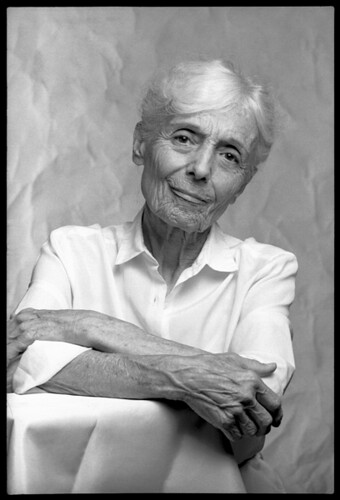Painting #1 (2 sided with coffee bean and weathering)
Close up of Painting #1
Painting #2 (2 sided w/coffee bean and weathering)
Painting #2 (with added needle work)
Painting #3
Needle work bleeding from eyes
Closer perspective
Painting #4 (FRONT)
War of man (please look as closely as you can you will find over 7 figures in internal war)
Close up
Painting #4 (BACK)
Whispers of the war on the back of the canvas





















